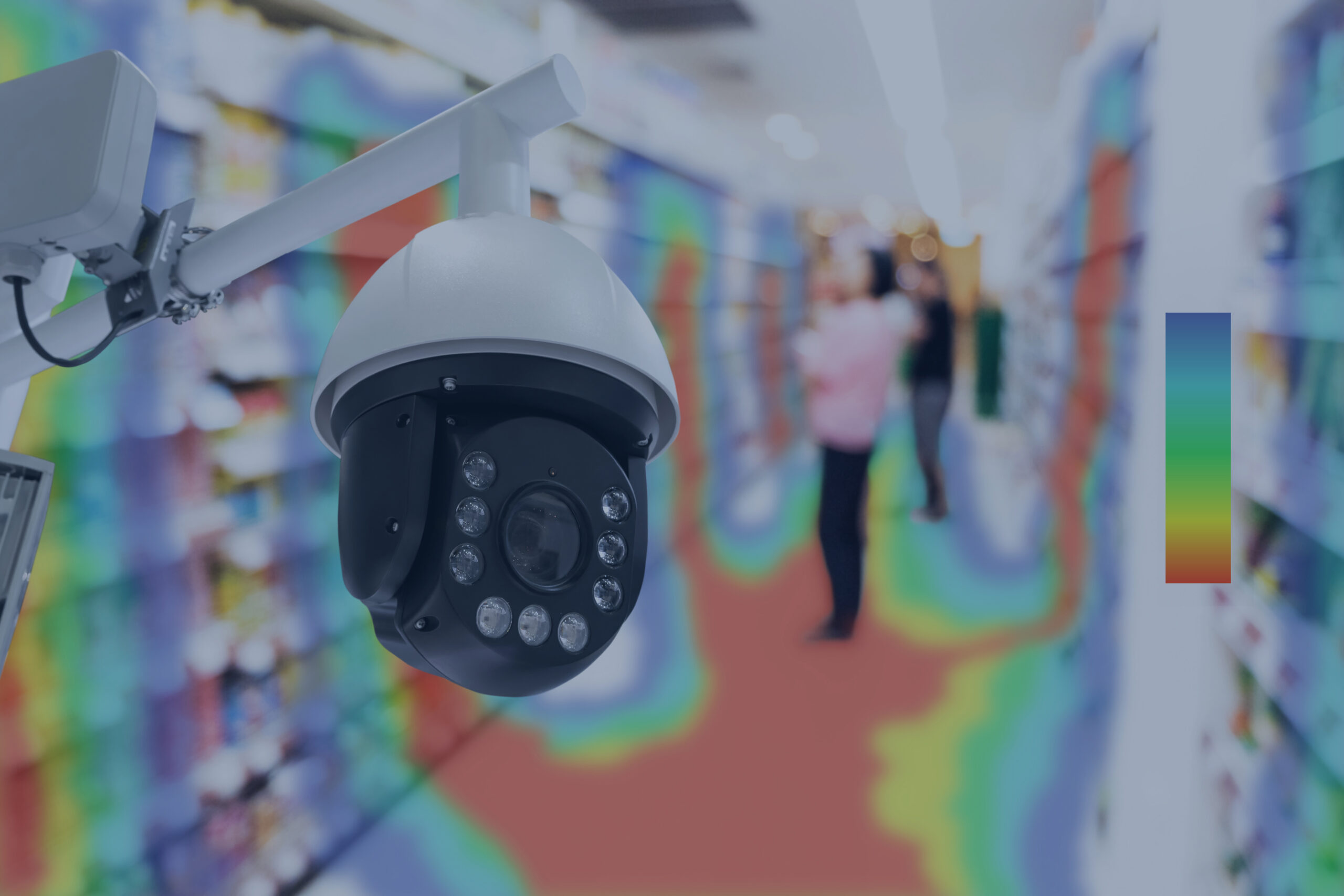


Real-Time Data to Optimize Your Store Layout
Understanding customer behavior is critical for enhancing customer satisfaction and increasing sales in the retail sector. Knowing how customers move within the store, which products they browse, and how much time they spend allows businesses to develop strategies to improve the shopping experience and boost sales.
An environment density map is a tool used to analyze customer movements within a store. These maps show where customers concentrate, the areas they spend the most time in, and which products they examine the most.
Environment density maps can provide the following advantages to retail businesses:
Better understanding of customer behavior: Environment density maps help businesses better understand how their customers move within the store and which products they are interested in. This information enables businesses to develop strategies to improve the shopping experience and increase sales.
Optimizing store layout: Environment density maps can help businesses optimize their store layout. For example, businesses can adjust the store layout to ensure that the most popular products are more visible.
Increasing sales: Environment density maps can help businesses increase sales. For example, businesses can organize marketing campaigns to highlight the products that attract the most customer interest.
How Does an Environment Density Map Work?
Environment density maps use image processing technology to calculate data from images captured by store cameras. This data is then transformed into a heat map of the store layout.
Heat maps are created using color codes. The colors represent the density level at a specific point. For example, the red color indicates the most densely populated point, while black represents the least densely populated point.
Applications of Environment Density Maps
Environment density maps are used not only in the retail sector but also in other industries. For example, in the healthcare sector, environment density maps can be used to monitor density levels in hospital corridors.
Some specific examples of where environment density maps can be used include:
Monitoring customer traffic inside the store: Environment density maps can help businesses monitor customer traffic inside the store. This information assists businesses in evaluating the effectiveness of in-store campaigns and planning in-store activities.
Identifying customer interests: Environment density maps can help businesses identify customer interests. This information enables businesses to optimize product placement and customize marketing campaigns according to their target audience.
Evaluating customer satisfaction: Environment density maps can help businesses evaluate customer satisfaction. For instance, businesses can monitor density levels at checkout counters to assess customer satisfaction.
Environment density maps are a powerful analytical tool for retail businesses. These maps help businesses better understand customer behavior, optimize store layouts, and increase sales.
